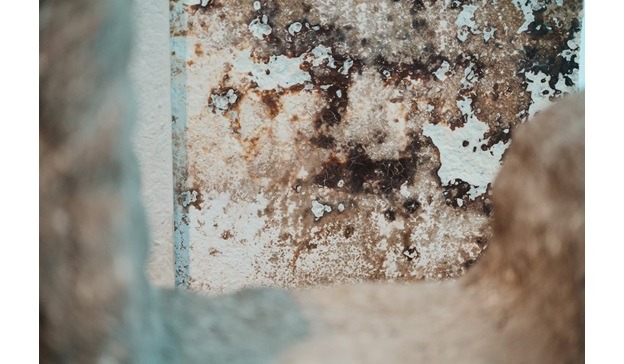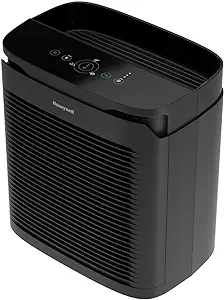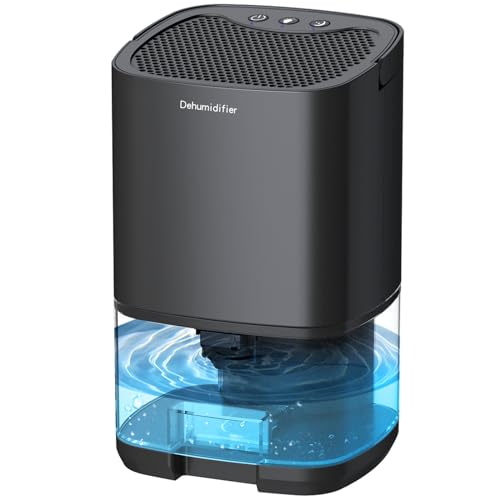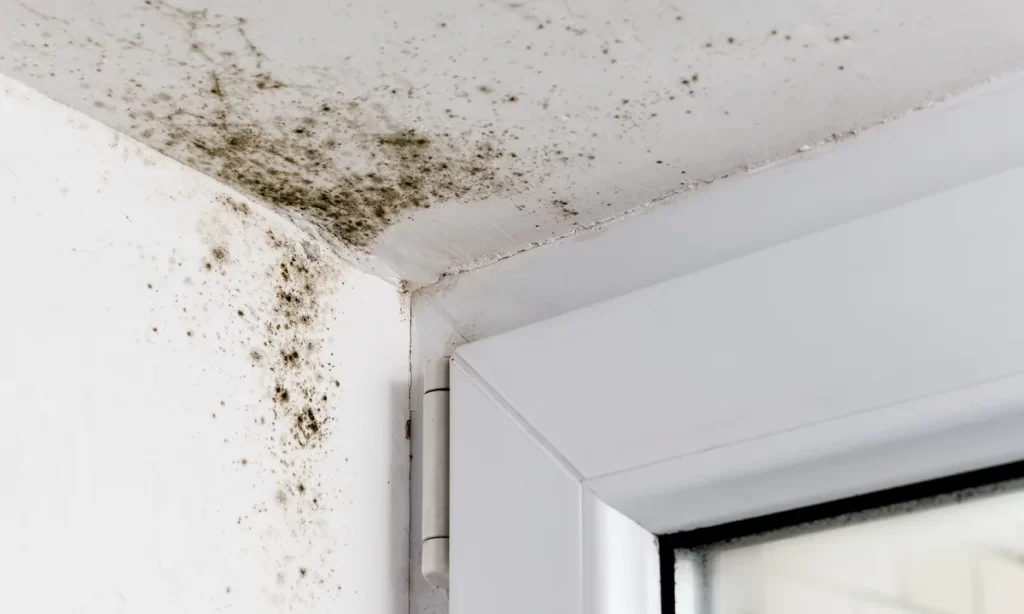Mold—it’s a silent invader that can wreak havoc on your home and health. But could something as simple as a humidifier be the answer to keeping it at bay? Whether you’re dealing with musty smells in your basement or unsightly spots on your bathroom ceiling, many homeowners face the question: do humidifiers stop mold, or do they make the problem worse?
As someone who has battled mold in various rooms of my home, I know firsthand the frustration that comes with trying to control it. In this article, we’ll dive into how humidifiers and dehumidifiers play a role in mold prevention, the ideal humidity levels to prevent mold growth, and how you can safeguard your home against this sneaky intruder.

What causes mold to start?
Typical mold-prone areas include basements, bathrooms, kitchens, and attics—places where water might collect or where ventilation is poor. I remember when I discovered mold behind my bathroom tiles. It was shocking to see how fast it had spread due to excessive moisture and lack of airflow. Mold can creep in unnoticed until it’s a much bigger issue than just a few black spots on the walls.
Mold’s Recipe for Growth
- Moisture: Mold thrives in damp environments with high humidity.
- Poor Ventilation: Areas with little airflow, like closets or behind furniture, are prime spots.
- Organic Material: Mold feeds on wood, drywall, fabrics, and paper.
If you’re noticing dampness or musty odors in your home, that’s your first clue that mold may be on the horizon.

Can Humidifiers Stop Mold Growth?
Let’s get one thing clear: humidifiers do not stop mold. In fact, depending on how you use them, humidifiers can actually create conditions that encourage mold growth. Since humidifiers add moisture to the air, they’re helpful in dry environments but can worsen a damp one.
When I first started using a humidifier in my living room, I had no idea it might contribute to a future mold problem. The room felt more comfortable, but soon I noticed condensation on the windows. That’s when I learned that too much humidity can invite mold, especially in cooler areas of the home.
The Humidity-Mold Link
When humidity levels rise above 60%, mold spores find the moisture they need to grow. Using a humidifier in a space that’s already humid can raise the levels beyond that safe threshold. If your goal is to prevent mold, then using a humidifier might be counterproductive, especially if you aren’t monitoring your home’s humidity levels.
As indoor air quality expert John Sanders puts it, “Using a humidifier in an already damp environment can actually worsen mold growth.”
So, while humidifiers are great for dry winters, they can lead to bigger problems if used improperly in humid conditions.

What Humidity Levels Kill Mold?
Controlling your home’s humidity levels is the most effective way to prevent mold. But what’s the ideal range?
The Magic Number: 30-50% Humidity
Mold thrives in humidity levels above 60%, so keeping your home’s humidity between 30-50% is essential for mold prevention. You can easily measure indoor humidity using a hygrometer—a small, inexpensive tool that gives you instant feedback on the moisture levels in your home.
When I first invested in a hygrometer, I was surprised to see how humid some rooms were compared to others. My basement, in particular, was sitting at 65%, a perfect breeding ground for mold. After adjusting the humidity to below 50%, I noticed the musty smell started to fade, and no new mold appeared.
“Mold spores can’t survive in humidity below 50%, so this should be your target range,” advises Dr. Rachel Stevens, an environmental scientist. “Maintaining this level of humidity creates an environment that’s too dry for mold to grow.”
Keeping your home’s humidity low is a simple but crucial step in stopping mold before it starts.
How to Prevent Mold Growth Using a Dehumidifier
If humidifiers aren’t the answer, could dehumidifiers be the solution? Absolutely. Dehumidifiers are designed to pull excess moisture from the air, making them one of the most effective tools in preventing mold growth.
Using a Dehumidifier for Mold Prevention
Choose the Right Size Dehumidifier: Depending on the size of your room, you’ll need a dehumidifier with enough capacity to handle the moisture. Larger rooms or particularly damp spaces like basements might need a higher-capacity unit.
Set the Humidity to 30-50%: This is the ideal range for preventing mold growth. Make sure your dehumidifier has an automatic humidity setting so it adjusts itself as needed.
Regularly Empty the Water Reservoir: Most dehumidifiers collect water in a tank that needs to be emptied regularly. Be diligent about this to avoid the machine shutting off prematurely.
Clean the Filters: Like any appliance, dehumidifiers need maintenance. Cleaning the filters ensures your dehumidifier is running efficiently and effectively.
Personally, investing in a high-capacity dehumidifier for my basement was a game-changer. After setting it to maintain 45% humidity, I haven’t seen any new mold growth in over a year.
“Dehumidifiers are one of the most effective tools for mold prevention, especially in areas like basements and bathrooms,” notes Sarah Jenkins, a mold remediation expert.
If you live in a particularly humid climate or have had mold issues in the past, a dehumidifier is a must-have.
How do I tell if my house is too humid?
Not sure if your home’s humidity is at mold-causing levels? There are a few warning signs to watch out for:
Common Indicators of High Humidity
- Condensation on Windows: If you see water droplets forming on your windows, it’s a sign your home might be too humid.
- Musty Odors: That distinct, damp smell is a telltale sign that mold is already present or about to grow.
- Peeling Wallpaper or Paint: Excess moisture can cause walls to swell, leading to peeling wallpaper or paint.
- Visible Mold: Obvious patches of mold are the clearest sign that humidity levels are out of control.
Using Both Humidifiers and Dehumidifiers Wisely
So, where do humidifiers fit into the picture if they aren’t a direct solution for mold? While humidifiers don’t stop mold, they can be useful when used wisely.
In dry climates or during winter, the air in your home can become too dry, which can lead to uncomfortable conditions for you and your family. In this case, using a humidifier in combination with a dehumidifier can help you strike the perfect balance.
For example, I use a humidifier in my bedroom during the winter to keep the air from becoming too dry. Meanwhile, I run a dehumidifier in the basement, where moisture tends to build up. This balance keeps the entire house comfortable and mold-free.
What to Do if You Already Have Mold?
If you’ve already spotted mold in your home, don’t panic. There are steps you can take to stop it in its tracks:
Clean the Affected Areas: Use mold-killing products like vinegar, hydrogen peroxide, or specialized cleaners. Scrub away visible mold, but be cautious if the infestation is severe.
Improve Ventilation: Mold often grows in areas with poor airflow, so improving ventilation can help. Consider installing exhaust fans or opening windows more often.
Reduce Humidity: Set up a dehumidifier to bring the humidity below 50%. This will stop mold from regrowing.
After discovering mold in my bathroom, I took these steps immediately. I deep cleaned the area, improved ventilation by installing a fan, and made sure my dehumidifier was running regularly. The mold hasn’t returned since.

How I Beat Mold with a Dehumidifier
Here’s how I overcame a persistent mold issue in my own home. After noticing mold spots in my basement, I realized that my home’s humidity levels were way too high. I immediately bought a dehumidifier, set it to 45%, and started running it daily. I also took the time to clean out the mold with natural cleaners and made sure to ventilate the area properly. It’s been over two years, and I haven’t seen any new mold.
This experience showed me that dehumidifiers are a powerful tool in preventing mold, especially in areas that tend to stay damp.
How do you get rid of mold long term?
Mold can be an ongoing battle, but with the right strategies, you can win. Here are a few final tips for keeping mold at bay over the long term:
- Monitor Humidity Levels: Keep your home’s humidity between 30-50%.
- Use Exhaust Fans: Run them in the bathroom and kitchen to prevent moisture buildup.
- Regularly Clean: Especially in damp areas like basements and bathrooms.
- Fix Leaks Immediately: Water leaks can quickly lead to mold.
- Check for Hidden Mold: Behind furniture, under sinks, or in other less visible spots.
The Verdict on Humidifiers and Mold
So, do humidifiers stop mold? The answer is not as straightforward as you might think. While humidifiers are great for adding moisture to dry air, they can actually contribute to mold growth if used in damp environments. Instead, the key to preventing mold lies in controlling humidity with tools like dehumidifiers, which effectively reduce moisture and keep mold from growing.
Through my personal experience and expert advice, I’ve learned that dehumidifiers, not humidifiers, are the real heroes in the fight against mold. By maintaining the right indoor humidity, improving ventilation, and staying proactive, you can keep mold from invading your home.